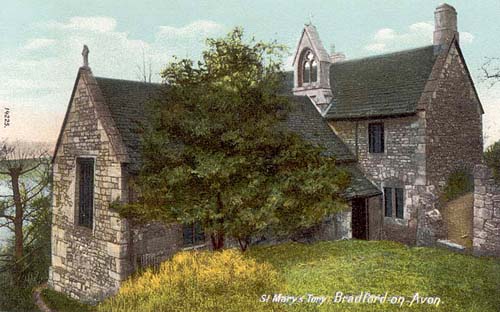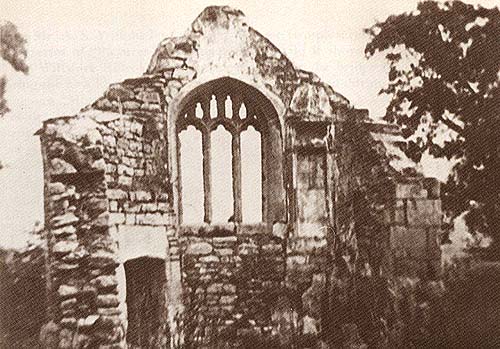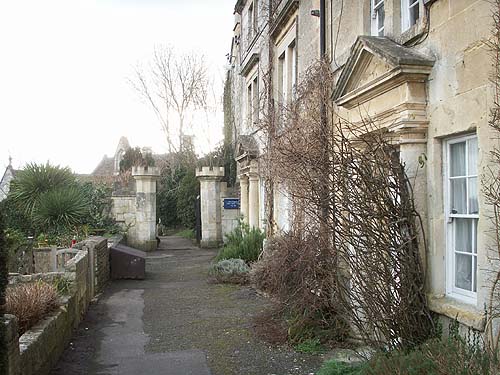Chapel
of St. Mary Tory, Bradford on Avon





It is to this chapel Leland alludes when he says " Ther is a chapelle on the highest place of the tonne as I entered."-Leland entered Bradford from Wraxhall. His road lay through a part of Berrifield, then through the Conigre, and so down by the east end of Tory and Middle Rank into ''nat is now called New Town. Mason's lane, now the chief thoroughfare, , not then exist. As he emerged from the Conigre his attention would naturally attracted by ' the chapel' on Tory. In 1743, as appears from map of the Methuen property at the time, there are represented only five houses on the east side, and two, which comprised the buildings connected to the the chapel, at the west end of Tory, or Top Bank as it is called. On " same map ' the chapel' is called ' the Hermitage.' [The word was probably borrowed by the Anglo-Saxons from the Celts. Glastonbury Tor, Mam Tor, &c.]with water. The locality beneath it still being called Lady Well, and the adjoining premises Well-Close. There is still standing the east wall with its window, and also a niche of very chaste design. (Plate iv.) The tracery of the window seems to point it out as the work of the latter part of the fifteenth or the beginning of the sixteenth century, though it is by no means impossible that the present building may itself have been originally a restoration, a previous chapel having stood on the same spot. The churches of Wraxhall and Holt, and (to judge from what remains of the original church have been left) of Winsley, are all to be traced to this period. Aubrey, moreover, tells us that the chancel window of the church at Atworth, as he saw it, seemed to be of the date of Edward III.